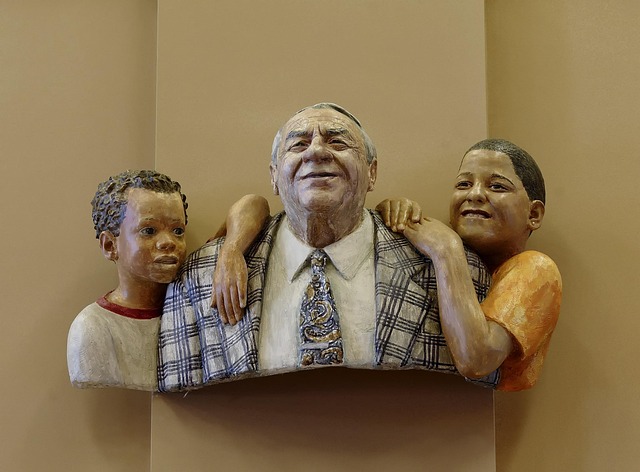Baby Names: Generations, Traditional Roots, and Cultural Diversity
Choosing a baby name is both a personal decision and a social act: names carry sound, meaning, family history, and signals about identity. Across time and place, the same name can take on different associations—honoring ancestors, following fashion, or expressing cultural identity. This article looks at how names relate to generations, why traditional names endure, how cultural background shapes choices, and how diversity expands naming possibilities.

How can a name capture identity?
A name is often the first marker of identity a child receives. It can reflect family history, linguistic preference, religious affiliation, or qualities parents hope to emphasize. Names may be chosen for their literal meanings, phonetic appeal, or connections to public figures and literature. When parents think about a name, they balance how it sounds in everyday speech, how it looks in writing, and how it will age with the child. Practical considerations—initials, nicknames, and ease of pronunciation in local services—also play a role.
How do generations influence naming choices?
Naming patterns often shift between generations. Some families favor passing a specific name down—as a way to honor grandparents or preserve a surname—while others deliberately choose distinct names to mark a new chapter. Broader generational trends also shape choices: names that were popular in one generation can feel dated to the next, prompting revival cycles where older names return to use. Social change, migration, and exposure to different naming traditions through media and social networks mean that generational influence is both familial and cultural.
Why do traditional names persist?
Traditional names persist for several reasons: continuity, cultural memory, and a sense of stability. Traditional names often carry historical or religious significance that families want to preserve. They may also be associated with community norms or rites of passage. While some see traditional names as conservative, others view them as anchors that connect children to shared narratives. Even within modern naming practices, traditional names are frequently adapted—through alternate spellings or new middle names—to blend heritage with contemporary tastes.
How does cultural background shape names?
Cultural background directly influences naming through language, naming ceremonies, and the meanings attached to particular names. In many cultures names are chosen to reflect virtues, birth circumstances, ancestry, or spiritual beliefs. Immigrant families often negotiate between preserving native naming customs and adapting to the phonetic and social environment of their new country. This negotiation can produce hybrid names, transliterations, or the adoption of culturally neutral choices. Understanding a name’s cultural roots offers insight into family storylines and community belonging.
How does diversity expand naming options?
Rising cultural diversity and global communication have broadened naming choices dramatically. Parents draw from literature, multiple languages, popular culture, and international traditions, creating a rich pool of possibilities. Diversity also raises questions about cultural respect: using names from another culture can celebrate that culture, but it may also carry risks of mispronunciation or unintended appropriation if detached from context. Many parents respond by learning correct pronunciation, understanding meanings, or intentionally combining elements from different traditions to honor multiple heritages.
Conclusion
Names function as practical labels and layered symbols that reflect family ties, generational shifts, tradition, and cultural contexts. When choosing a baby name, considering how it will resonate across generations, honor traditional roots, and interact with cultural diversity can help ensure a thoughtful match between meaning and everyday life. Thoughtful naming balances personal preference, cultural understanding, and the practical realities of a child’s future social environment.






